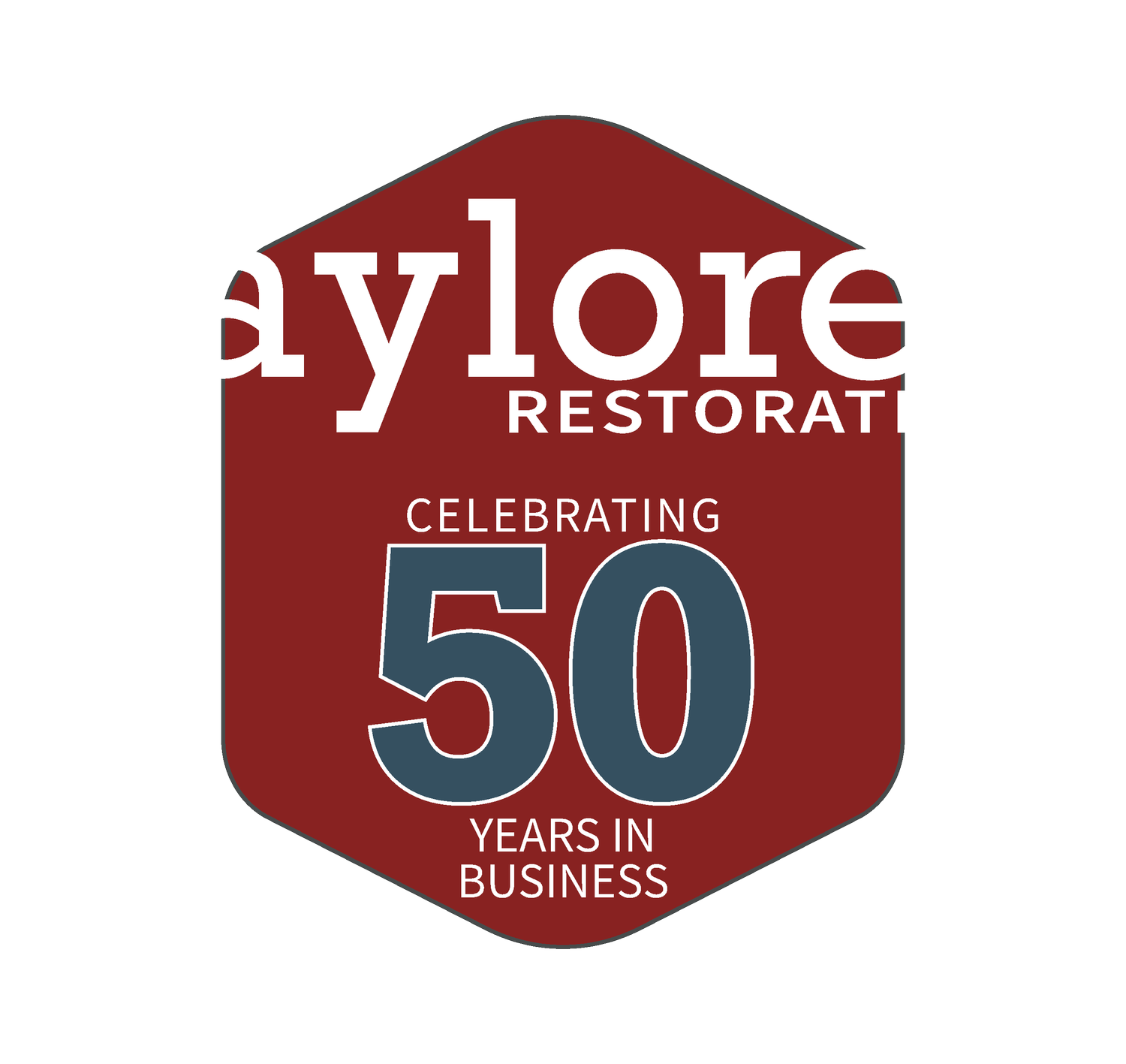Protect Your Home: Preventing Damage from Freezing and Thawing
As a home restoration company in Anchorage, Alaska, we know firsthand how extreme weather conditions can wreak havoc on the house. One of the most common issues we see during winter is damage caused by freezing and thawing. In this article, we'll highlight potential areas of a house that could be damaged during an extreme season of freezing and thawing, how to identify potential damage, and when it might be time to call in a professional for repairs.
Areas of the House That Are Vulnerable to Freezing and Thawing Damage
Roof: A roof is one of the most vulnerable areas of a house during the winter months. Snow and ice can accumulate on the roof, creating a significant weight that can cause the roof to sag or even collapse. Additionally, ice dams can form on the roof edge and prevent melting snow from draining off, causing it to seep into the house and damage walls, ceilings, and insulation.
Gutters: Gutters are designed to direct water away from the house, but they can become clogged with ice and debris during the winter months. When this happens, the gutters can overflow, causing water to seep into the house and damage walls and ceilings.
Pipes: Pipes in unheated areas of the house, such as crawl spaces or attics, are particularly vulnerable to freezing and bursting. When the water inside a pipe freezes, it expands and can cause the pipe to crack or burst, leading to water damage.
Foundation: The foundation of a house can be damaged during the winter months when freezing and thawing cause the soil around the foundation to shift and settle. This can cause cracks in the foundation, leading to water damage and structural issues.
How to Identify Potential Damage
It's important to regularly inspect your house for signs of damage, particularly after extreme weather. Here are some things to look out for:
Sagging roof or ceiling: If you notice your roof or ceiling is sagging, this could be a sign that there is too much weight on the roof or that water has seeped into the ceiling.
Ice dams: If you see icicles hanging from the edge of your roof, this could be a sign of ice dams. This can cause water to seep into the house and damage walls and ceilings.
Water stains or discoloration: If you notice water stains or discoloration on your walls or ceilings, this could be a sign of water damage caused by overflowing gutters or ice dams.
Cracks in the foundation: If you notice cracks in the foundation, this could be a sign that the foundation has been damaged due to freezing and thawing.
When to Call in a Professional
While it's important to inspect your house for signs of damage regularly, knowing when to call in a professional is also essential. Here are some instances where it's best to seek the help of a professional:
Large areas of water damage: If you notice large areas of water damage on your walls or ceilings, it's best to call in a professional to assess the damage's extent and make necessary repairs.
Roof damage: If you notice any damage to your roof, such as missing shingles or sagging, it's best to call a professional to assess the damage and make necessary repairs.
Foundation damage: If you notice cracks in your foundation, it's crucial to call in a professional to assess the damage and make necessary repairs. Foundation issues can lead to significant structural damage if left untreated.
How to Avoid Potential Damage in the Future
While it's impossible to avoid potential damage caused by freezing and thawing completely, there are some steps you can take to minimize the risk:
Insulate pipes and faucets: One of the most common types of damage caused by freezing temperatures is burst pipes. To avoid this, ensure your pipes are adequately insulated, especially in areas of your home that are not heated, such as attics and basements. You can also add insulation to outdoor faucets and pipes.
Seal air leaks: Air leaks in your home can allow cold air to enter and warm air to escape, causing your home's temperature to drop and increasing the risk of frozen pipes. Seal gaps or cracks around windows, doors, and pipes with caulk or weather stripping.
Clean gutters and downspouts: Clogged gutters and downspouts can prevent water from draining properly, leading to ice dams and water damage to your roof and home's exterior. Make sure to clean your gutters and downspouts regularly, especially before the winter months.
Trim trees and shrubs: Falling branches and limbs can cause significant damage to your roof and home's exterior during periods of heavy snow and ice. Regularly trimming trees and shrubs around your home can help prevent this damage.
Maintain your heating system: Your heating system is critical during the winter months to keep your home warm and prevent frozen pipes. Ensure your heating system is inspected and maintained by a professional before the winter season to ensure it works correctly.
By taking these steps, you can help minimize the risk of damage caused by freezing and thawing and keep your home safe and cozy throughout winter. However, if you experience damage despite your best efforts, feel free to contact a professional restoration company for assistance.
At Taylored Restoration, we understand the challenges of dealing with damage caused by extreme weather conditions. Our team of experienced professionals is available 24/7 to assist with any restoration needs you may have. From water damage to fire damage and mold remediation to storm damage, we have the expertise and equipment to restore your home to its pre-damage condition.
In conclusion, extreme freezing and thawing can cause significant damage to your home, but by taking some preventative measures, you can help minimize the risk. If you experience damage, don't hesitate to contact a professional restoration company like Taylored Restoration for assistance. Stay safe and warm this winter season!

